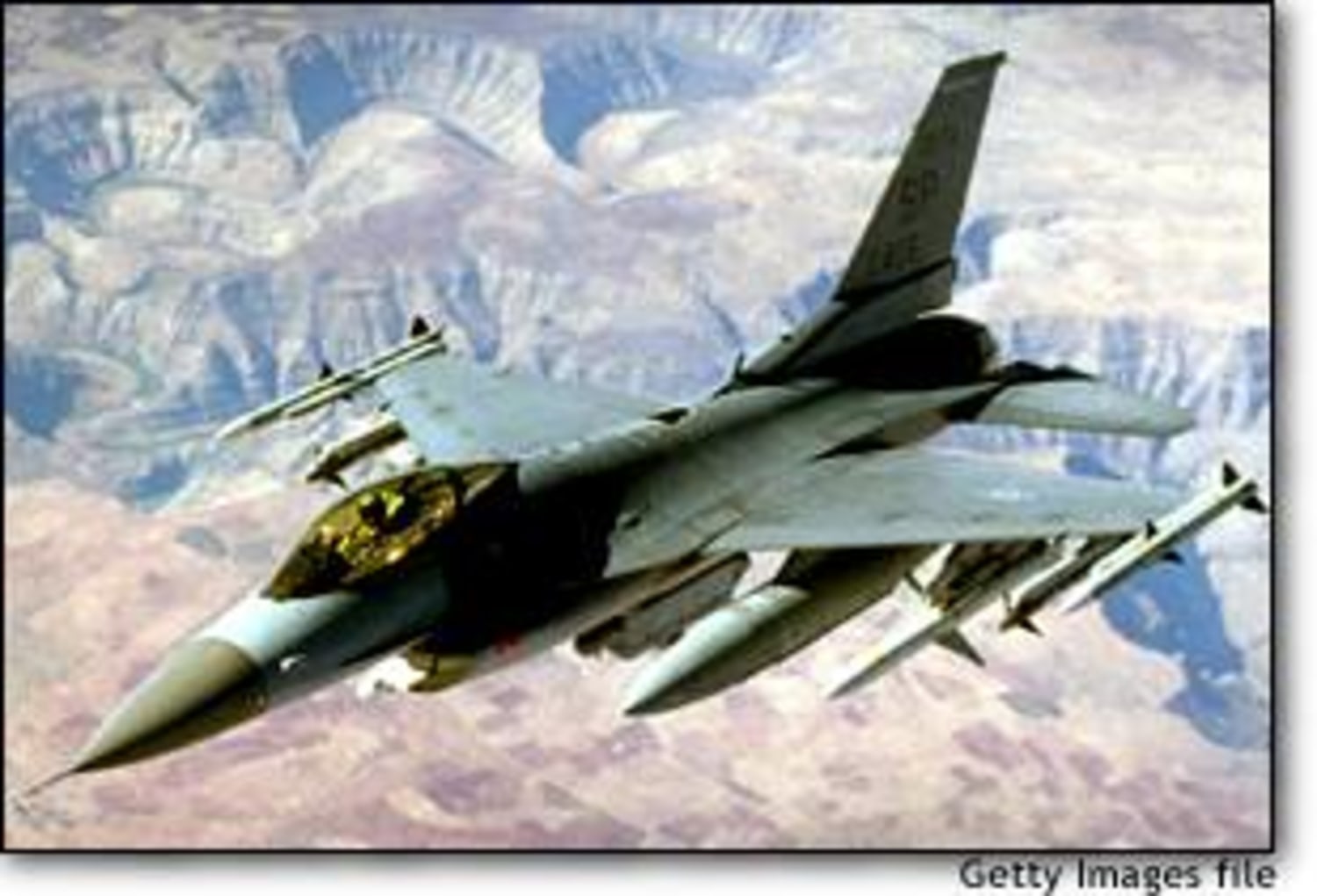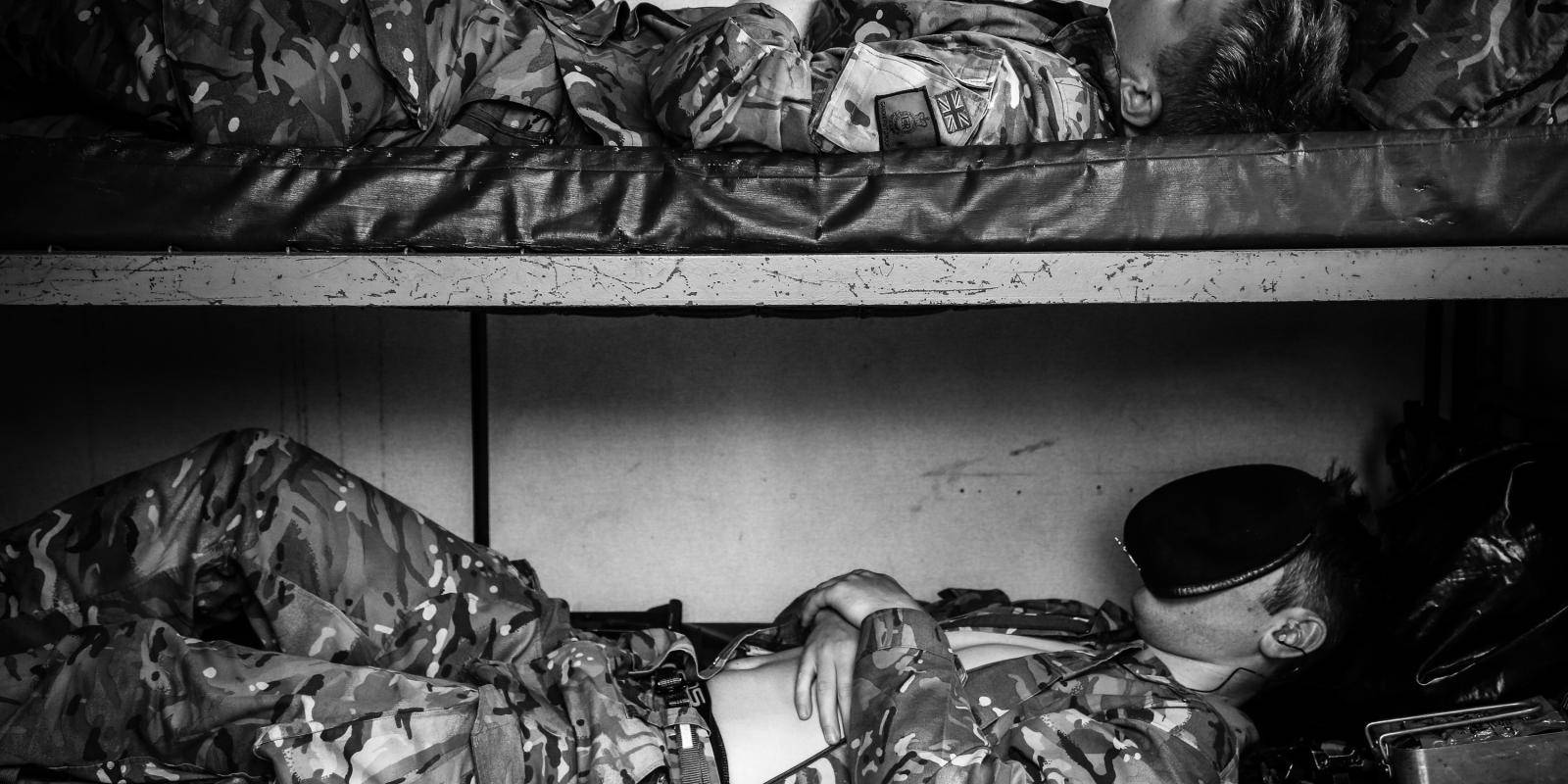Dextroamphetamine Military Use - Germany wasn't the only power during World War II to give its stormtroopers amphetamines to make them fight harder. Military history often forgets the role of drugs in wartime. (Image source: WikiCommons)
"Drugs and war have always gone hand in hand - from Homeric warriors who drank wine and took opium to Wehrmacht troops who used methamphetamine."
Dextroamphetamine Military Use

PHILOSOPHER Friedrich Nietzsche once wrote that the history of drugs is the study of culture itself. Maybe he was talking about military culture.
The Persistent Myth Of Speed And 'productivity'
Stimulants have long been known to improve combat performance by keeping personnel alert, alert, and thus alive after long periods of fatigue. Drugs also "take the edge off" war, allowing soldiers to cope with injuries on the battlefield. Rituals involving alcohol and drugs even helped soldiers bond, which is essential for group cohesion and morale. And since long periods of boredom are also a part of war, soldiers often turned to intoxicants because they simply had nothing else to do.
Drugs and war have always gone hand in hand, from Homeric warriors who drank wine and took opium to
Troops using methamphetamine. The truth is that for most of history, soldiers fought on heights. Consider the following example.
During the famous Age of Sail, sailors in the Royal Navy were given a full gallon of beer a day. That's eight pints. The rum ration was equally generous. (Image source: WikiCommons)
Ethical Scenarios For Enhancement
Alcohol is the oldest and probably the most popular pharmacological motivator for wrestlers. For centuries, the liquor rations inspired the so-called "Dutch courage" that spurred troops into battle. Of course, the choice of drinks was different among different peoples. For the English it was rum. The Russians turned to vodka. The ancient Greeks, Romans and modern French preferred wine. The Germans gave out beer. At first the Americans issued rum, but after the Civil War it became whiskey. In fact, in the mid-20s
The Zulus fought like demons, thanks in part to a veritable pharmacy of natural herbs, plants and fungi that they ingested before battle. (Image source: WikiCommons)
The experience of fighting a violent and drug-addled alien enemy is hardly new. When the British decided to subjugate the Zulus in 1879, they faced a fierce enemy seemingly impervious to modern gunfire. It was not only their traditional fighting power, but also their pharmacopoeia that made the Zulus truly fearless warriors. The shamans provided the spearmen with various herbs, e.g

(a South African variety of cannabis that had a stimulant effect), a powerful pain reliever and hallucinogen produced from the "poison of the bushman onion", and probably also a fly agaric known as
Courts Martial, Crimes And Punishment At Joint Base San Antonio > Joint Base San Antonio > News
Or "toadstool". If the British in 1879 had been familiar with the idea of zombies, they would probably have used the term to describe the Zulus who fearlessly attacked them in Isanlwanda.
Soviet troops from Siberia used a centuries-old mushroom mixture that made them fight with more ferocity. (Image source: WikiCommons)
, of course, the mushroom was regularly used by warriors in Eurasia, especially among the Siberian Chukchi, Kamchadal and Koryak tribes. The main psychoactive component of fly agaric is muscimol, which significantly increases a soldier's fighting ability. It is interesting that due to the fact that the urine of its eaters retains strong psychoactive properties, drinking it was also popular among Siberians. Legends say that the tribes that consumed
Produced awesome "mushroom warriors". Ironically, Soviet soldiers – probably from Siberia – were stoned to death on a mushroom at the Battle of Székesfehérvár in Hungary in 1945. They acted just as fearlessly.
Sleep In The United States Military
Cocaine was a popular tonic for troops in the trenches on the Western Front during the First World War. Many ordered from home. (Image source: WikiCommons)
World War I brought cocaine to the front. The drug, first developed in the 1860s, was used by German and French pilots as a stimulant, as well as by Canadian infantrymen. In fact, the drug was so popular among Canadian army soldiers stationed in Britain that it caused a significant moral panic among the British in 1915. The British Army released a drug containing cocaine and kola nut extract known as "tabloid" or "forced march". It was said to encourage fearlessness and compensate for battle fatigue. Self-use was also widespread as cocaine proved to be an effective reinforcer in the trenches. Pharmacies in London sold first aid kits containing cocaine and heroin. Girls gleefully snapped open the boxes, which were advertised as "useful gifts for friends at the front," and eagerly sent them to their boyfriends, fiancés, and military men.
If cocaine was the drug of choice between 1914 and 1918, amphetamine would become the stimulant of World War II. In fact, the conflict was mostly waged at high speed even from 1939 to 1945. And frontline workers were the biggest users of amphetamines.

It was the Nazis who pioneered mass and systematic military doping. Their pill of choice was Pervitin, an early version of crystal methamphetamine. It energizes the body, increases alertness, fights fatigue and creates a strong sense of self-confidence. In his book
Fda Warns Of Websites Selling Adderall Without Prescriptions
The ancient Chinese philosopher Sun Tzu wrote that "speed is the essence of war." That was the point, of course
Between April and December 1939, Temmler-Werke supplied the German military with 29 million "attack tablets" of methamphetamine, many of which were used experimentally during the campaign against Poland in September 1939. As the drug proved exceptionally useful, on top of
The astonishingly rapid progression seems less improbable given that many soldiers in some units were taking up to four meth pills a day. In total, it is estimated that the German military between 1939 and 1945 consumed around 200 million methamphetamine pills.
Great Britain, the United States and Japan followed suit, giving their troops amphetamines. An estimated 72 million pills of the amphetamine benzedrine were consumed by British soldiers during World War II. The drug was mainly distributed by pilots, but also by infantrymen. For example, on October 23, 1942, General Bernard Montgomery distributed about 100,000 pills to his Eighth Army before the Second Battle of El Alamein. At high speed, the British managed to defeat the Germans, filled with methamphetamine. However, the role of commanders in the outcome of this battle is largely unexplored.
Association Between Amphetamine‐related Disorders And Dementia‐a Nationwide Cohort Study In Taiwan
In 1942, benzedrine tablets (popularly known as "bennys") were added to the emergency equipment of American bomber crews, and in 1943 the practice was extended to the infantry. About 15 percent of American soldiers regularly took the stimulant. In fact, the Pentagon has issued at least 250 million benzedrine tablets to the military, but the total number could be as high as 500 million. This huge range in estimates is due to the fact that while we know the value of the government contracts with Smith, Kline & French, the manufacturer of benzedrine, the purchase price is unknown.
The Americans continued to augment their troops with amphetamines during the Korean War, where the use of dextroamphetamine became commonplace. The conflict also saw US troops stationed in Korea and Japan manufacture their own speed balls, an injectable mixture of amphetamines and heroin. But it was the war in Vietnam, when the consumption of psychoactive substances by military personnel, both on the recommendations of the authorities and by individual soldiers, assumed alarming proportions. The authorized speed jumps were crazy. Between 1966 and 1969, the military produced 225 million dextroamphetamine pills. According to the Pentagon, while in 1968 about 50 percent of American soldiers in Vietnam were taking drugs, in 1973, the year of the U.S. withdrawal, that number jumped to 70 percent. Half of the soldiers who used drugs smoked marijuana, and almost 30 percent - heroin and opium.
More recently, during the 1991 Gulf War, 58 percent of American pilots flew with dextroamphetamine, and 17 percent regularly used "rest pills," as legal pilots themselves commonly refer to. Even today, fighter pilots flying missions longer than eight hours (one-man flights) or more than 12 hours (two-man crews) can be given Dexedrine tablets whenever all necessary procedures are followed. Since 2003, amphetamine drugs have been gradually replaced by a new generation of psychostimulants, a euphoric drug called modafinil (Pravigil). Officially, the US Army is the only armed force that can control fatigue with pharmacology. The policy only applies to pilots.

However, it is reported that the Chinese military will introduce its own smart drug. The anti-sleep pills, called "Night Eagle" in the West, are said to keep soldiers awake for up to 72 hours. And in Russian pharmacies there are many readily available drugs, which in the West are called nootropics and are prohibited in sports as doping. Some of these performance enhancers, originally developed for astronauts, were used by the Red Army during the Afghan War (1979–1989). Compounds like Phenatropil, Metoprate or Mildronate work in the same way as dextroamphetamine and methamphetamine, but without the same side effects on serotonin or dopamine. Metraprote is likely still given to special forces or rapid response units in emergency situations.
Thousands Of 'smart Drugs' Bought By Mod Could Keep Soldiers Awake For 40 Hours Straight
For ISIS, the substance of choice is captagon, a powerful stimulant called phenethylline, which is metabolized in the body to form amphetamine and phenethylline. Invented in 1961, it has become one of the most important recreational drugs in the Middle East, and more recently the stimulant during the Syrian civil war. For fighters, it helps increase alertness, increases strength, numbness
Military drone range, laser range finder military, military range bags, military range targets, long range military radio, military radio range, military range finder, military long range binoculars, range rover military discount, military range rover, range of military drones, military range bag
0 Comments